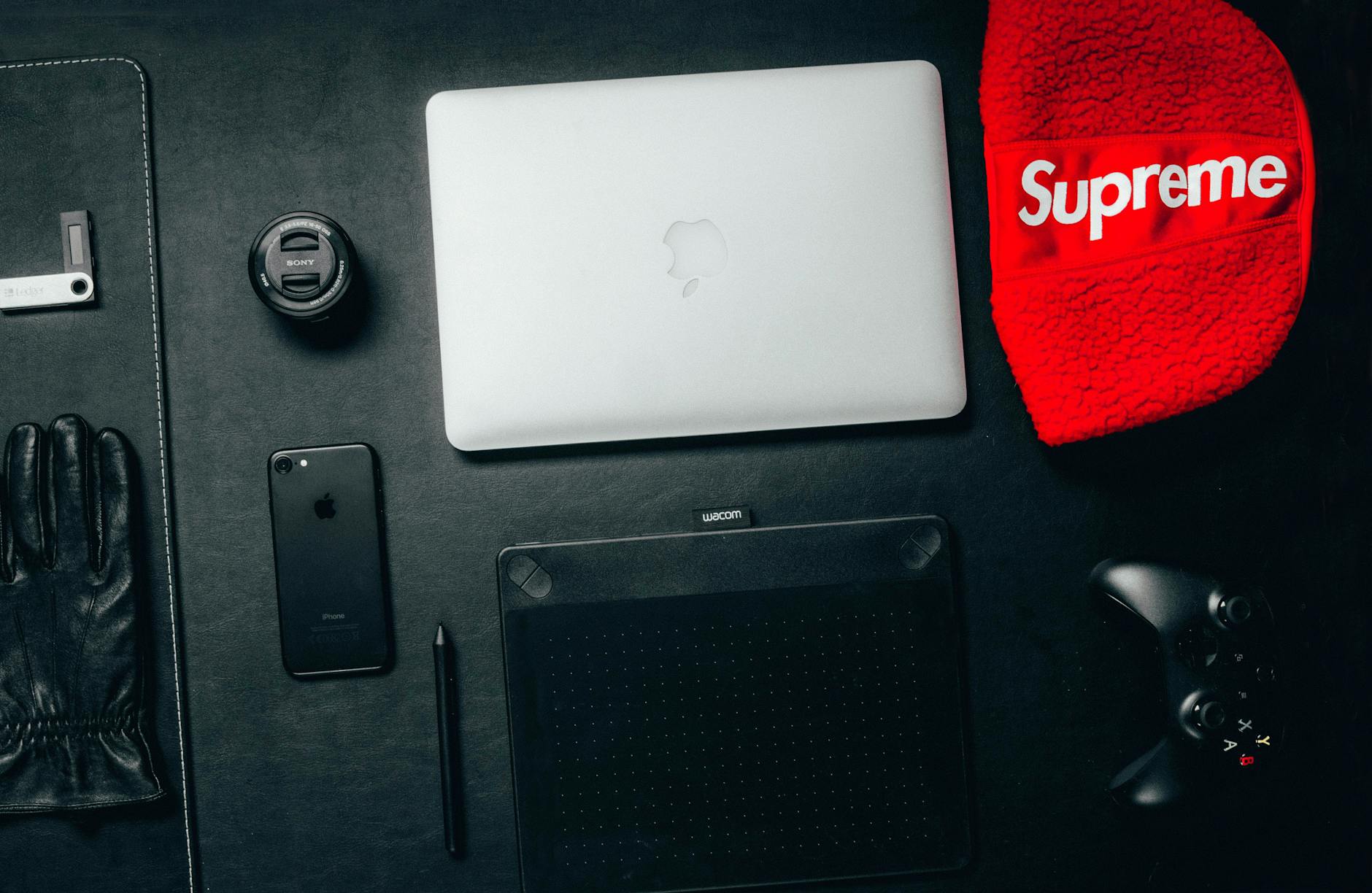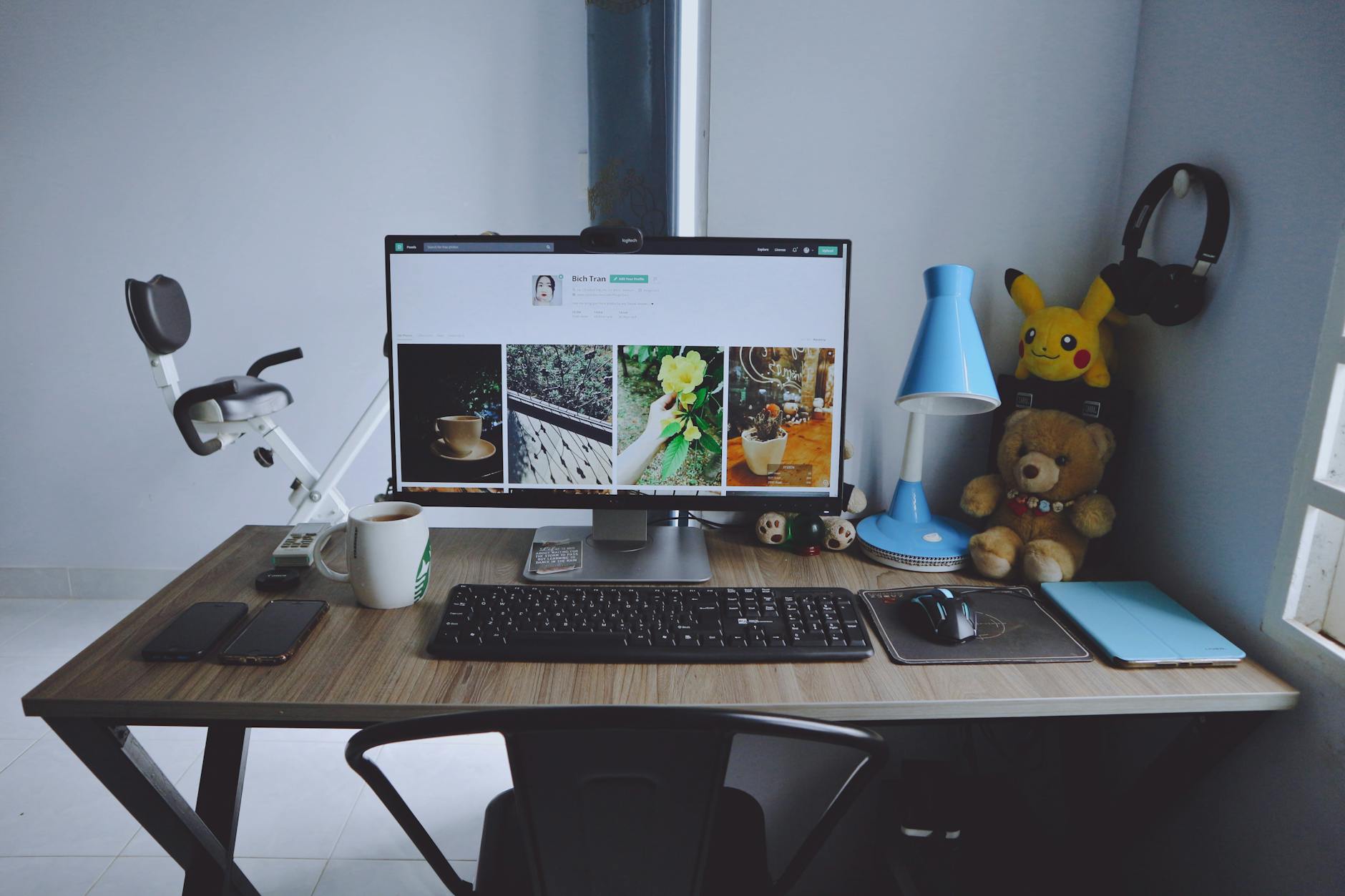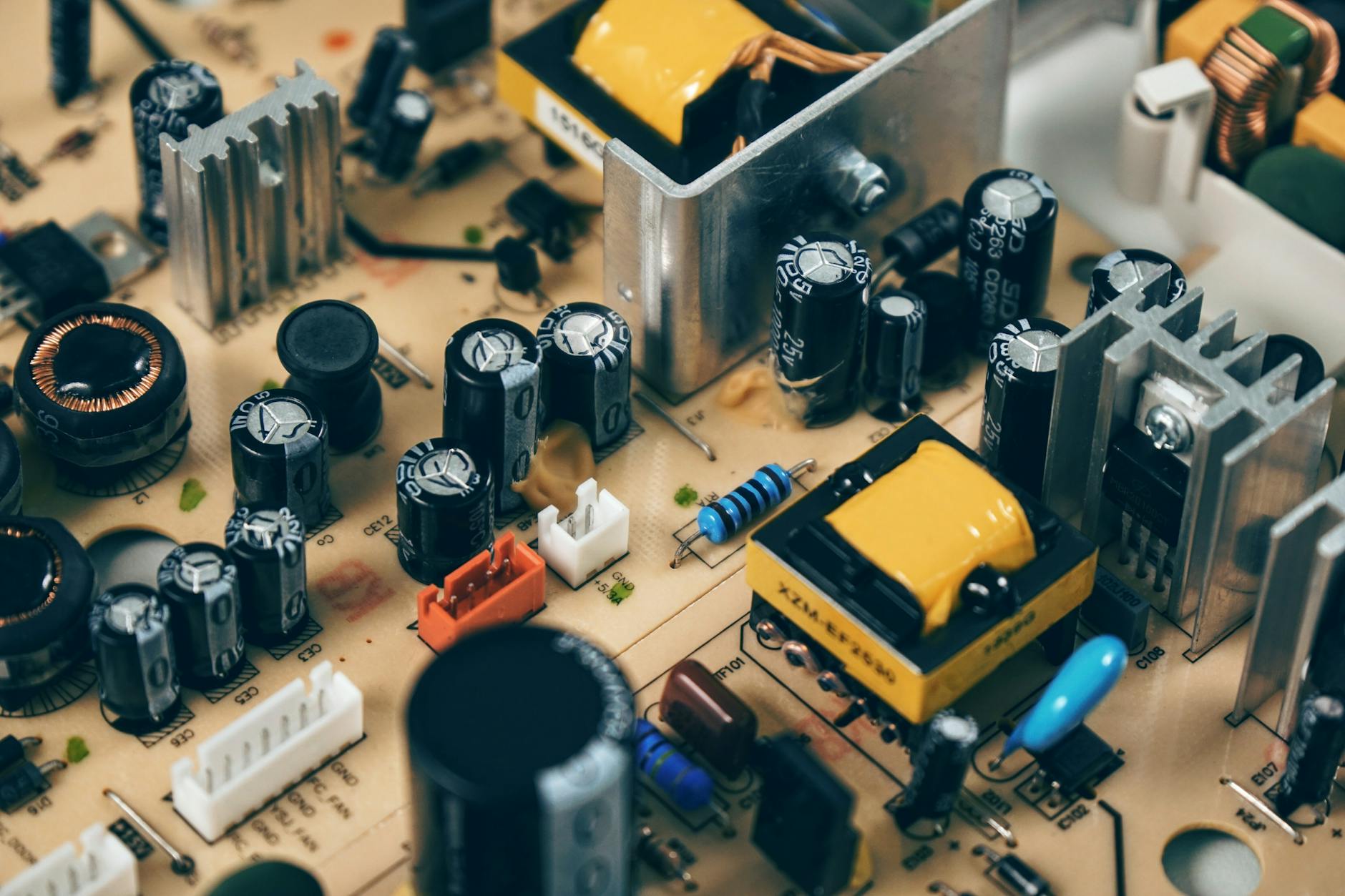What Makes Australia's Audio Equipment the Ideal Choice for Classrooms

Superior Sound Quality
Creating an exceptional auditory experience in educational settings starts with integrating musical equipment that truly enhances the clarity of sound. When I work with educators to improve their classroom environments, the focus is often on ensuring every corner of the space benefits from superior sound quality. This is crucial for maintaining student engagement and enabling effective learning outcomes. If you think about the acoustic innovations employed at the Queensland Performing Arts Centre, you'll appreciate how essential it is to manage sound dynamics in a way that keeps learners engaged.
When it comes to evaluating sound quality in educational environments, several elements come into play. Firstly, consider the architectural structure of your room, as sound bounces differently off various surfaces. Implementing sophisticated paging systems can radically transform communication in larger lecture rooms or spaces with challenging acoustics. These systems allow for clear, uninterrupted announcements, crucial for maintaining order and facilitating learning in busy educational settings.
Another vital tool is mesh radios, which serve as an excellent addition for group activities or workshops, ensuring seamless communication among participants. By strategically placing these around the classroom, I can help educators sustain a high level of engagement. Such enhancements ensure that the sound quality evaluation is not just about ticking boxes but about enriching the learning experience for everyone involved.
Versatility and Customization
Adaptable Features
As an educational professional, I've found that integrating adaptable features in audio equipment can significantly enhance the learning experience. Take the classrooms outfitted with broadcast solutions—they can be tailored to suit various educational needs, making them ideal for dynamic teaching environments. The ability to customise these systems means educators can cater to diverse classroom setups, enhancing the learning experience for every student.
Custom Setup for Different Spaces
Designing a custom setup is crucial when considering audio equipment for different educational spaces. Whether it's a small seminar room or a large auditorium, ensuring that the equipment fits the unique acoustic requirements of each space is essential. At the Queensland Performing Arts Centre, for instance, integrating systems with an induction loop can accommodate all audience members, including those with hearing impairments.
Ease of Integration with Existing Tech
Connecting new broadcast solutions with current technology should be seamless. The flexibility of contemporary systems means they can work in harmony with existing tech infrastructures, reducing the learning curve for educators. This compatibility not only saves time but also optimises resources, allowing schools with tight budgets to implement cutting-edge solutions efficiently. By ensuring a smooth integration process, educational institutions can focus on their core mission: inspiring the next generation without technical hiccups.
By building a versatile and customised audio setup, we can create an innovative environment that fosters engagement and inclusivity in education.
Durable and Reliable Design
Long-lasting Components
One of the keys to educational success is reliable audio equipment. A professional microphone crafted with durable components not only withstands the test of time but also delivers consistent performance. I recall a project at the Queensland Performing Arts Centre where we adopted microphones known for their robustness, ensuring unwavering sound quality for student performances. When these components endure, educators like us can focus more on nurturing talent and less on technical malfunctions.
Resistance to Wear and Tear
Brisbane's vibrant educational scene often requires equipment that can keep pace with high-energy classroom activities. Thus, selecting devices resistant to wear and tear becomes crucial. Consider environments where microphones are subject to constant handling and movement—resilient design is indispensable. When we tested gear at the arts hubs such as the Brisbane Powerhouse, it was evident that sturdiness only enhances our ability to adapt tech seamlessly into learning.
Maintenance and Upkeep Tips
Proper maintenance can extend the lifespan of audio equipment significantly. Regularly inspecting connections and cleaning components are simple yet effective practices. In a collaborative teaching session, I shared practical tips with colleagues, like checking cables for frays and dusting equipment to prevent obstruction in usage. Integrating an antenna tracking system for wireless devices can further streamline operations by minimizing manual adjustments. Such proactive measures create a robust learning environment, fostering greater educator confidence and classroom innovation.
User-Friendly Operation
Simplified Controls for Educators
When introducing new technology in the classroom, keeping controls intuitive is essential. Educators often juggle numerous tasks simultaneously, so having user-friendly interfaces for pro audio equipment can significantly reduce stress and enhance classroom experiences. Picture a busy afternoon at a local Brisbane school, where teachers seamlessly navigate through their audio systems, ensuring every student hears even the faintest instruction clearly. This ease of use empowers educators, allowing them to focus more on teaching rather than fiddling with complex settings.
Quick Installation and Set-Up
To truly embrace technological advancement, quick and hassle-free installation is a must. Educators often face tight schedules, so streamlined set-up processes are vital. Imagine setting up monitors for video conferencing in a dynamic classroom in less time than it takes to brew your morning coffee. A swift process means that Brisbane educators can maximise teaching time, perhaps exploring new techniques at arts hubs such as the Brisbane Powerhouse, where they might find inspiration to create tech-driven lesson plans.
Training Resources for Teachers
Access to quality training resources ensures that educators are not only competent but confident in operating new equipment. Workshops and online resources, akin to the exciting events found at the Queensland Performing Arts Centre, can provide teachers with the knowledge they need. This training culture supports music educators collaborating in innovative teaching sessions, continually advancing their techniques while fostering student engagement with cutting-edge technology. This comprehensive approach equips classroom innovators to inspire their students in meaningful and impactful ways.
Optimising Implementation
Aligning with Curriculum Objectives
As we draw our melodic symphony to its final harmonious notes, let's delve into how we can tailor advanced audio equipment to align with our curriculum needs in a classroom setting. For educators working within the vibrant and diverse environments of Brisbane schools, it’s vital to ensure that our musical instruments and technologies complement the educational goals we set out. By integrating pro audio systems into our lesson plans, we open a gateway for students to engage with sound in ways reminiscent of workshops at the Queensland Performing Arts Centre. An effective approach could involve merging creative expression with technical mastery, ensuring students not only hear but feel the rhythms and vibrations that drive learning.
Engaging All Stakeholders
Next, to foster an environment as dynamic as a jam session at the Brisbane Powerhouse, collaboration is key. This entails working with fellow educators, administrators, and even local music shops along Boundary Street, West End. These partnerships can ensure the equipment meets diverse classroom needs and bring in a variety of perspectives that enrich the educational experience. Involving stakeholders from the outset can enhance support for purchasing decisions and maintain enthusiasm for integrating audio equipment into classrooms.
Measuring Impact Post-Integration
Finally, evaluating the impact of newly implemented audio technology is crucial. Embarking on this task can be as invigorating as orchestrating a concert where every student's participation showcases the combined brilliance of class-led projects. Consider using student feedback, performance assessments, and classroom engagement metrics to measure success. This reflective practice not only informs continuous improvement but also inspires future innovations akin to those dreamed up in our city’s creative arts hubs.


